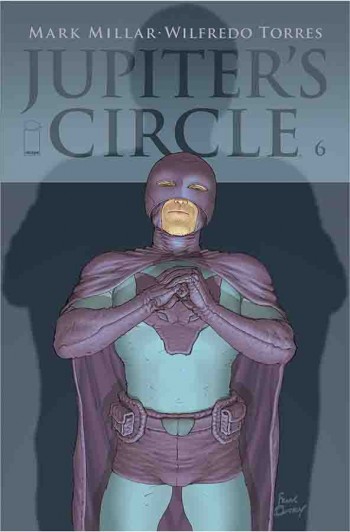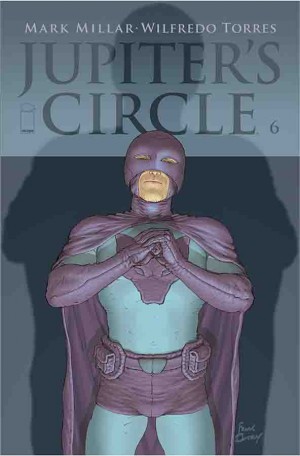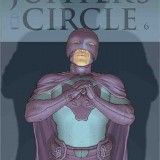
REVIEW: Perfection breeds imperfections in ‘Jupiter’s Circle, Vol. 2′
Let’s face it, Jupiter’s Circle was conceived partly because Frank Quitely draws Jupiter’s Legacy painstakingly slow. The former serves as a prequel to the latter. It presents how human the original superheroes were then. True to his words, creator Mark Millar explores the rampant McCarthyism and discriminations on “homosexuals” (term for gays then) in the […]
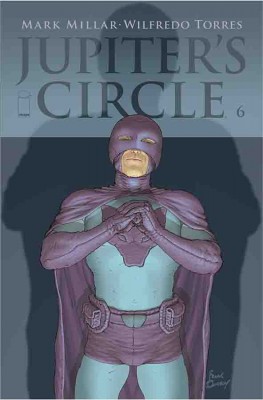
Let’s face it, Jupiter’s Circle was conceived partly because Frank Quitely draws Jupiter’s Legacy painstakingly slow. The former serves as a prequel to the latter. It presents how human the original superheroes were then. True to his words, creator Mark Millar explores the rampant McCarthyism and discriminations on “homosexuals” (term for gays then) in the 1950s, the conservatism of the so-called Golden Age of Cinema, and the apparent loss of innocence within the concept of the Golden Age and the Silver Ages of Superhero Comics. In short, Mark marks the prevailing zeitgeist of the 1950s, at the same time, targets some of the frailties of the said decade. This time around, the Scottish scribe produces more drama and action (with some interesting twists) with his second six-chapter volume that somehow answers some of the questions left behind in the first Jupiter’s Legacy volume.
Jupiter’s Circle, Vol. 2 starts and revolves around the exciting and tumultuous decade of American modern history, the 1960s. This decade is characterized of the start of student activism, the second wave of feminism, the “make-love, not war” mantra or the Age of Aquarius, numerous protests, rallies and street marches in many cities across the USA, and most importantly, the Civil Rights Movement, in which Mark once again infuses to great effects in order to make the narrative more poignant, relevant and dramatic than the previous volume. His storytelling mixes historical passion, conspiratorial tropes, weird science fiction ideas, and good-old fashioned soap opera drama that fit well until the very last page. The writer could have at least presented more on the core issues and/or factors of the ultimate betrayal between the former best of friends that I believe should have tackled more. Perhaps, the new second part of Jupiter’s Legacy would provide answers and tie-in loose ends, hopefully.
Another significant thing in reading this second volume prequel is the completion of the apparent frailties the characters possessed. Even “perfection” has its flaws that can cause repercussions to future generations. Even the most devout partner can return the favor what one’s better-half did. And worst, the “blood-is-thicker” mentality can cloud one’s judgment despite rationality exists, particularly in the case of love, friendship, brotherhood, and ideals. But the sense of the Golden Age and Silver Age of Superhero Comic-feel remains in respect to the mood of those long-gone years that described as campy, fun, and positivity, though this book sees a serious transition of comic reading to more grounded and socially connected as what the Stan Lee-Jack Kirby-Steve Ditko did to comics in the 1960s. In other words, Mark combines his modern writer approach style to present a humanize version of superhero genre. In all seriousness, Jupiter’s Circle as a whole can be read side by side with the 1960s Spider-Man, Fantastic Four, The Avengers, and the X-Men classics.
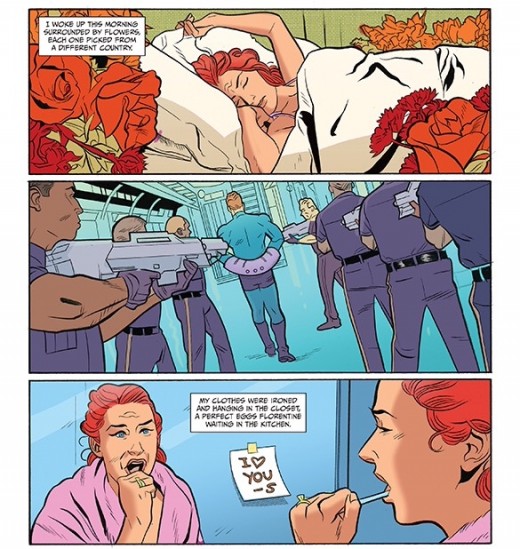
The second volume parades with a couple of illustrators around, namely, Rick Burchett, Davide Gianfielice, Walden Wong, Chris Sprouse, and original collaborator Wilfredo Torres. I understand Millar’s artistic mission of recapturing the 1950s and 1960s superhero comic feel, which the late Darwyn Cooke perfectly recaptured in his DC: The New Frontier. I am aware co-creator Frank Quitely himself personally chose Torres to be the artist for the prequel. Such lofty and admirable pursuit, but this time around some personal problems arises in Torres’ part, making Jupiter’s Circle virtually a work of several artists trying to mimic Cooke’s signature and iconic artistic feel. At one point, this is admirable to somehow remaining true to the creative team’s promise and to be on-schedule in releasing the single-monthly issue. On the other hand, it is obvious that the artists assign know they could not replicate nor simply match Cooke’s distinctive artistry. We can admire though their sense of trying, yet, their paneling sequential take cohesively mesh well despite the obvious restraints in their artistic replication. Thus, it is the storytelling of mastermind Mark Millar that stands out the rest of this second arc. The cover art of Frank Quitely are undoubtedly beautiful and another positivity for this book though.
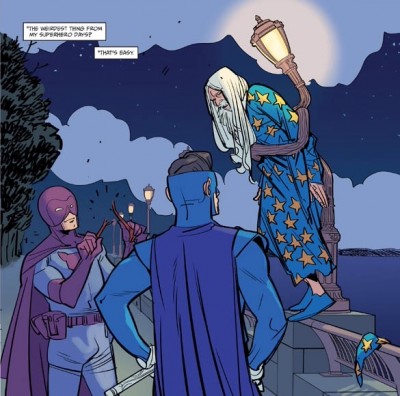
Anyways, Jupiter’s Circle, Vol. 2 finishes the prequel series of the Jupiter’s Legacy saga. It manages to present the inner failings, weaknesses and other frailties of the superheroes, and answers some of the questions arise from the first Jupiter’s Legacy book. Also, Millar’s story is the strongest point here since he fuses almost perfectly the historical moments of the 1960s, the soap opera tropes, and the Golden Age and the Silver Age feel into one coherent and believable read. The art is a bit troubling due to the formidable task of paying homage to the late Darwyn Cooke, and the fact that artists nowadays are not what they used to be in the 1960s (read: house style art that prevailed until the 1990s). But the illustrators remain consistent in sequential paneling that is highly accessible and equivocal to the Silver Age storytelling. Therefore, if you want solid storytelling, this volume is the right stuff for you!
JUPITER’S CIRCLE, VOL. 2 will be at your nearest comic book stores on June 29, 2016.

